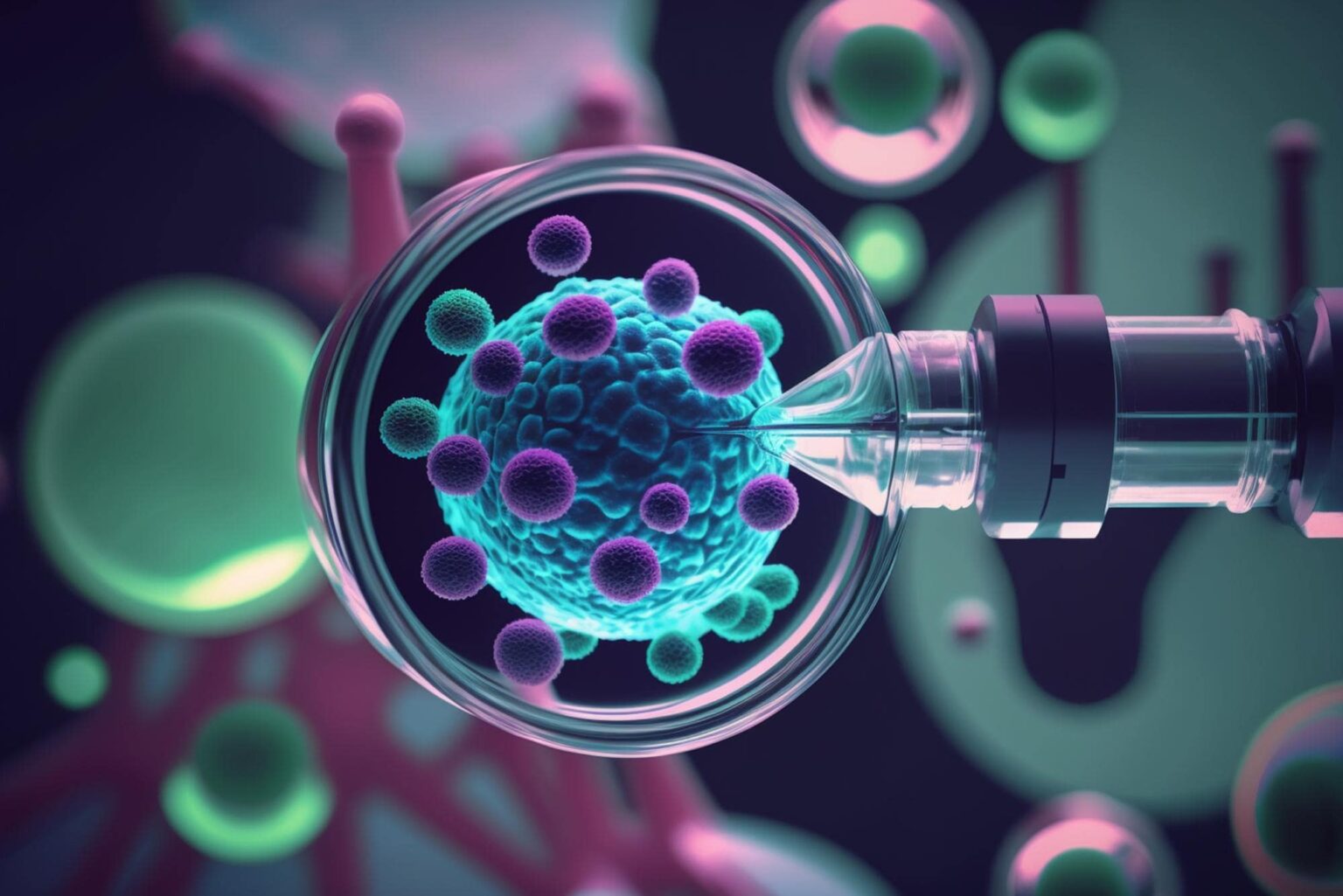Biomanufacturing, also known as bio-based manufacturing or bio-production, involves the use of living organisms, such as bacteria, yeast, or mammalian cells, to produce a wide range of biopharmaceuticals and biochemicals. It offers a scalable and sustainable approach to the production of complex molecules that are crucial for medical treatments, industrial processes, and consumer products.
Here are key aspects of biomanufacturing and its applications:
- Biopharmaceutical Production: Biomanufacturing plays a significant role in the production of biopharmaceuticals, which are therapeutic proteins, antibodies, vaccines, and other biological drugs. These molecules are produced using genetically engineered cells, typically mammalian cells or microbial systems like bacteria or yeast. Biomanufacturing enables large-scale production of these complex molecules with high purity, consistency, and safety.
- Process Development and Optimization: Biomanufacturing involves the development and optimization of production processes to achieve high yields, cost-effectiveness, and regulatory compliance. This includes choosing the appropriate expression system, optimizing cell culture conditions, designing bioreactors, and optimizing downstream purification steps. Process analytics and control systems are employed to monitor and optimize critical process parameters.
- Downstream Processing: Downstream processing involves the purification and recovery of the target biopharmaceutical or biochemical from the culture broth or fermentation product. This step includes filtration, chromatography, centrifugation, and other separation techniques to isolate and purify the desired product. Downstream processing plays a crucial role in achieving high product quality and meeting regulatory requirements.
- Industrial Enzymes and Biochemicals: Biomanufacturing is also utilized for the production of industrial enzymes and biochemicals used in various industries, including food and beverages, agriculture, textiles, and biofuels. Enzymes produced through biomanufacturing processes are used as catalysts for specific chemical reactions, such as breaking down complex molecules or modifying substrates. The production of biochemicals through biomanufacturing offers a sustainable alternative to traditional chemical synthesis methods.
- Scaling Up and Commercialization: Biomanufacturing processes are developed with scalability in mind to meet the demands of large-scale production. Successful laboratory-scale processes are optimized and transferred to larger fermentation facilities, ensuring consistent product quality, productivity, and cost-effectiveness. The commercialization of biopharmaceuticals and biochemicals requires compliance with regulatory guidelines and Good Manufacturing Practices (GMP).
- Continuous Manufacturing: Continuous biomanufacturing, also known as continuous bioprocessing, is an emerging approach that aims to improve productivity, reduce costs, and increase process efficiency. Instead of the traditional batch-based manufacturing, continuous biomanufacturing involves the integration of upstream cell culture and downstream purification steps, enabling a continuous flow of product. Continuous biomanufacturing offers advantages such as reduced footprint, faster product turnaround, and improved process control.
- Future Developments: Advancements in biomanufacturing technologies continue to enhance the production of biopharmaceuticals and biochemicals. This includes the development of novel cell culture systems, genetic engineering techniques for improved cell lines, and the use of synthetic biology approaches to design microbial systems for complex molecule production. Additionally, advancements in automation, data analytics, and artificial intelligence contribute to optimizing processes and accelerating biomanufacturing.
Biomanufacturing is a critical component of the biotechnology industry, enabling the large-scale production of valuable biopharmaceuticals and biochemicals. It offers a sustainable and cost-effective approach to meeting the growing global demand for these products, while also driving innovation and advancing medical treatments, industrial processes, and consumer goods.



